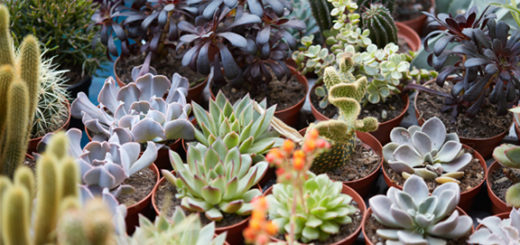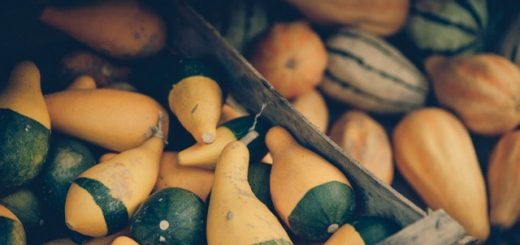How to Grow Delicious Juicy Tomatoes
Growing big juicy tomatoes is part of what makes vegetable gardening so enjoyable. Whether purchasing plants from your local nursery or starting tomatoes from seed, here are a few basic steps to ensure that you harvest an abundant crop. There are many varieties of tomatoes to choose from whether you will be cooking, canning, slicing, or eating miniature or grape-like varieties right off the vine. So start by choosing the kind of tomato to grow.
Planting Tomatoes from Seeds
Tomatoes grown from seed require six to eight weeks before they can be planted in the garden. Purchase individual flats, starter soil, and the seeds of your choice. Fill each container with soil pressing tightly to remove air and to avoid soil settling after watering. Seed companies print the planting instructions on the tomato seed package. Each variety is different, so follow instructions carefully. Label the type of tomato and the date started and attach them to Popsicle sticks or purchase them at the store or garden center.
Place containers in a sunny window and keep seeds moist by misting then placing a plastic bag over them. Small greenhouse containers are also available at your local nursery. Watch for seeds to germinate and remove plastic when plants emerge. Take out the weaker looking seedlings to give strong ones more room to grow. Keep moist by misting or watering tomatoes as needed. When plants have a second pair of leaves, transplant these seedlings to your garden or a large pot.
To acclimatize a plant to outdoor conditions before planting, set it out in direct sun during the day and bring it in at night. After a few days, the tomato plant can be transplanted in the desired location.
Purchasing Started Plants
When purchasing plants from your garden center, select dark green plants, stocky in size that do not have any fruit. Fruit will stunt plant growth. Tomatoes are one of the few plants that will tolerate being planted deeper than they sit in the pot. So a taller plant can be placed a little deeper if preferred. Acclimate the plant before moving it to a final location.
Preparing Garden Soil for Tomato Plants
The soil should be deep, loamy, and well drained for the best harvest. Tomatoes prefer a slightly acidic soil with a pH of 6.2 to 6.8. The pH is measured on a numerical scale of 1.0 to 14.0. The neutral point on the pH scale is 7.0. Higher than 6.5 indicates alkaline soil, lower indicates acidic soil.
Test kits are available at garden centers. To raise the soil’s pH, work agriculture lime into the soil. Use sulfur to lower the pH of alkaline soil. Using fertilizers and compost amendments will also change the soil’s pH over time. Adding decomposed organic compost will improve any soil structure. You can purchase or make your own compost. Once you have prepared the soil, it is ready for the planting.
Planting the Tomatoes
Inspect all of the transplants, looking for insects, wilting or blight. Plant only healthy plants. Tomatoes prefer full sun, so choose an area with at least six to eight hours of sun per day. Practice crop rotation by planting tomatoes and other vegetables in a different spot every year. Tomatoes prefer to be planted by chives, parsley, marigolds, nasturtiums, garlic bulbs, and carrots. Avoid planting tomatoes by potatoes or members of the cabbage family.
For large healthy tomatoes, space plants twenty-four inches between rows and leave twenty-four inches between plants. With your shovel or spade, make holes slightly larger than the plants, loosen the soil, and gently remove from the pot. Place a 3-4 inch nail next to each stem before planting or wrap strips of newspaper around the bottom of the stems to prevent cutworms. A paper cup around the stem also works well.
Back-fill around plant with soil until well compacted. Place a rack or cage around each individual plant to support growth. Water around the base of the plant, avoiding the leaves. Do not over-water as this can promote disease and rot. Water early in the day.
Using a rake, spread organic mulch such as weed-free straw around plants at least two inches deep. This helps prevent weeds, preserve water, and keep soil warm. Fertilize the plants throughout the growing season with compost or organic matter. Water when needed and inspect leaves periodically for tomato blight and insects. If blight is discovered, remove infected leaves and destroy them. Treat plant with a fungicide. Remove all debris from your garden in the fall, as blight can survive over the winter.
Most tomatoes take 100-days to bear fruit, so follow these easy directions and get ready to harvest the fruits of your labors and enjoy that first BLT of the season.







